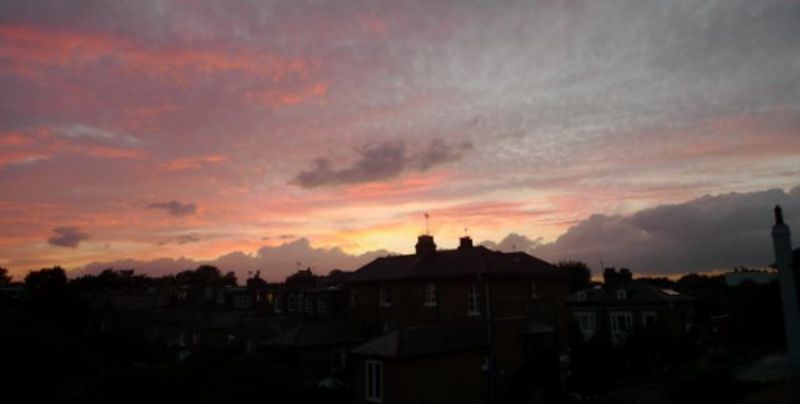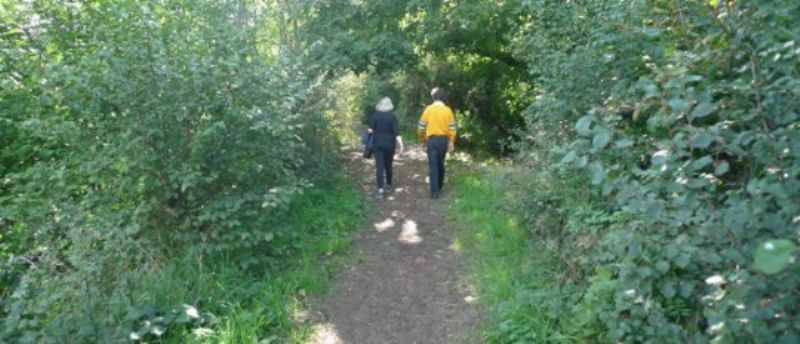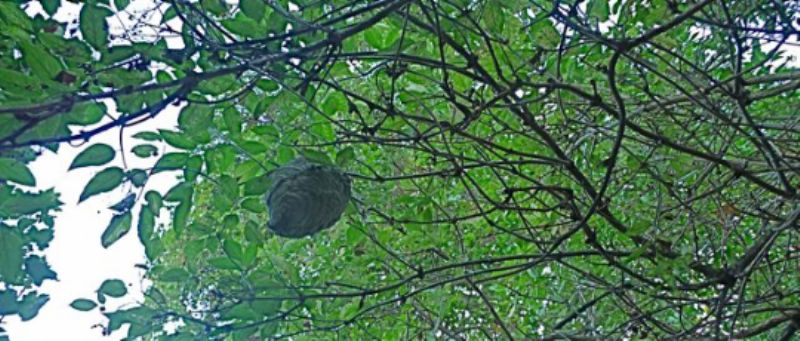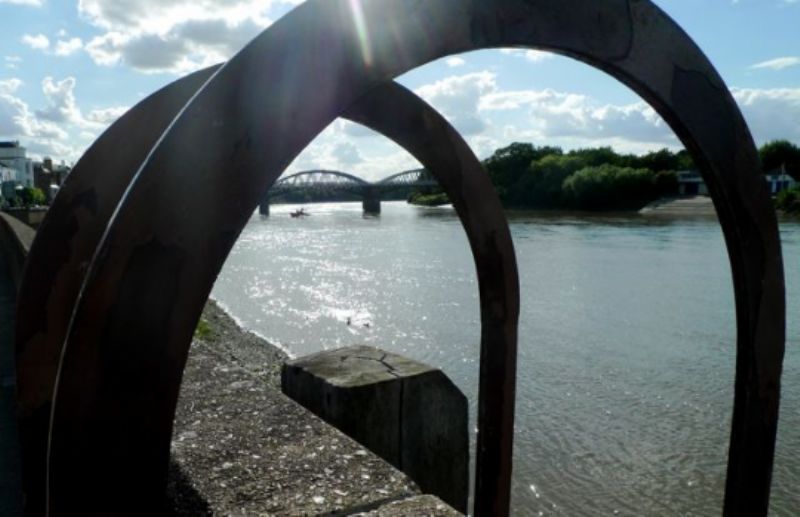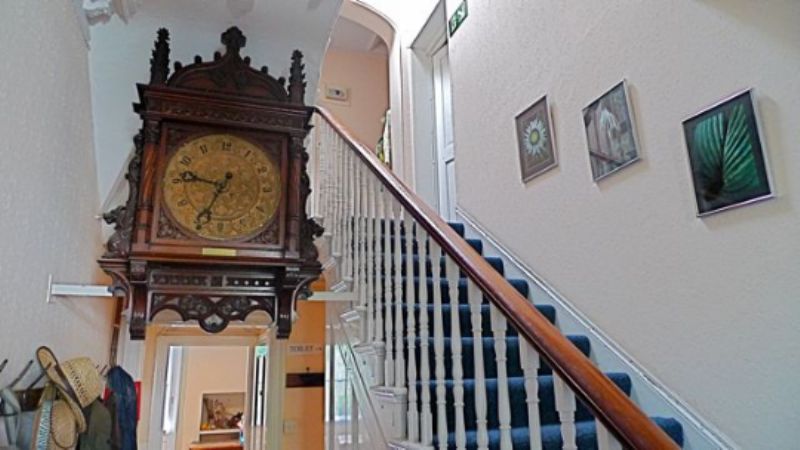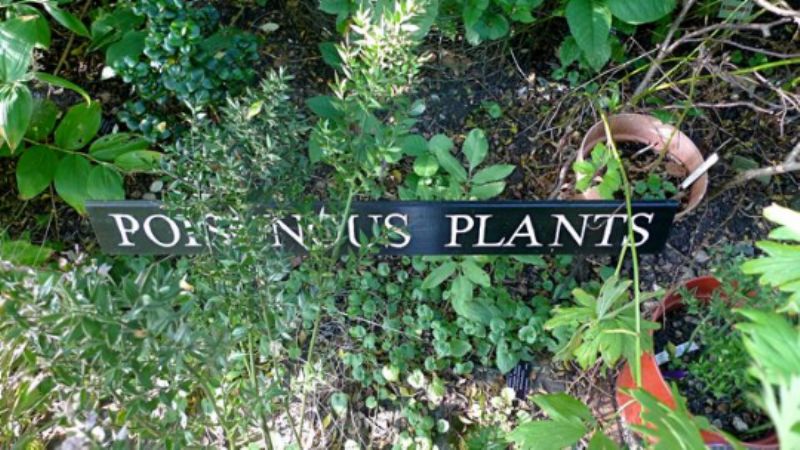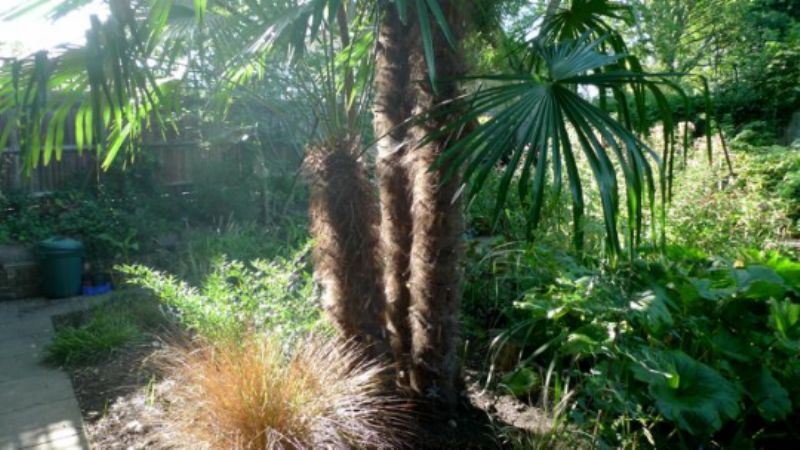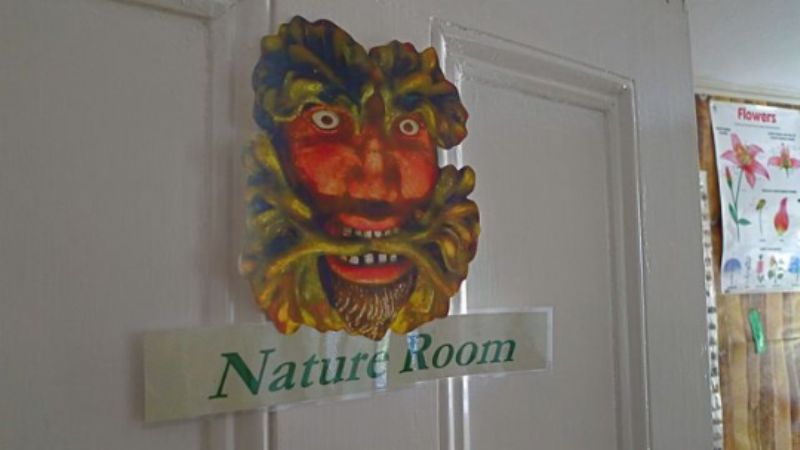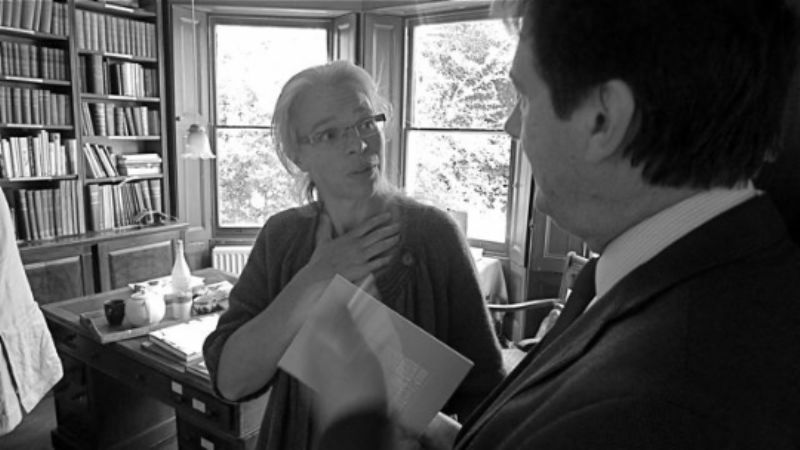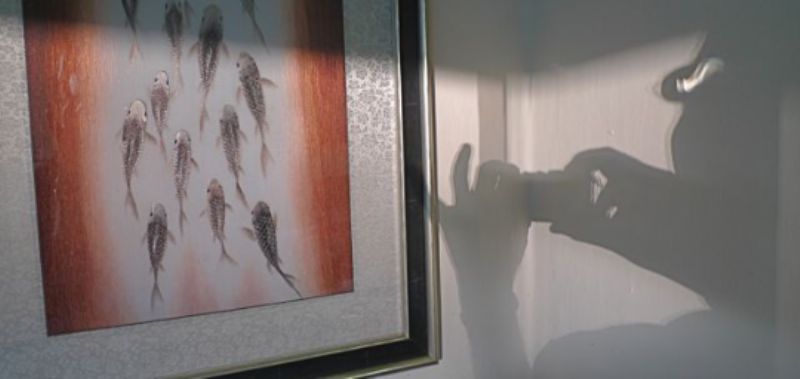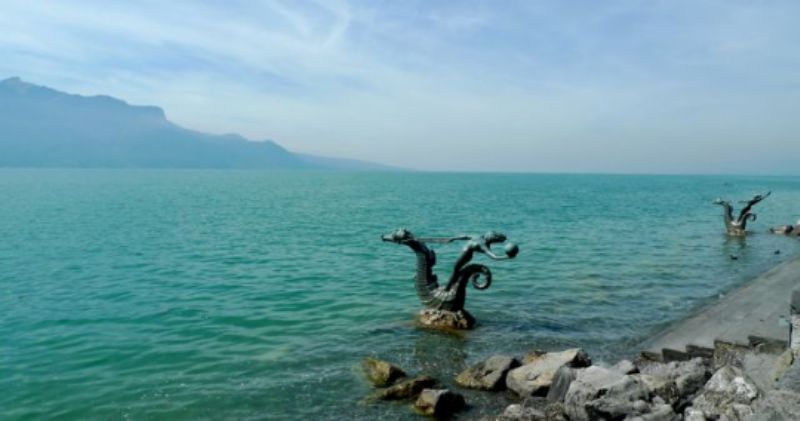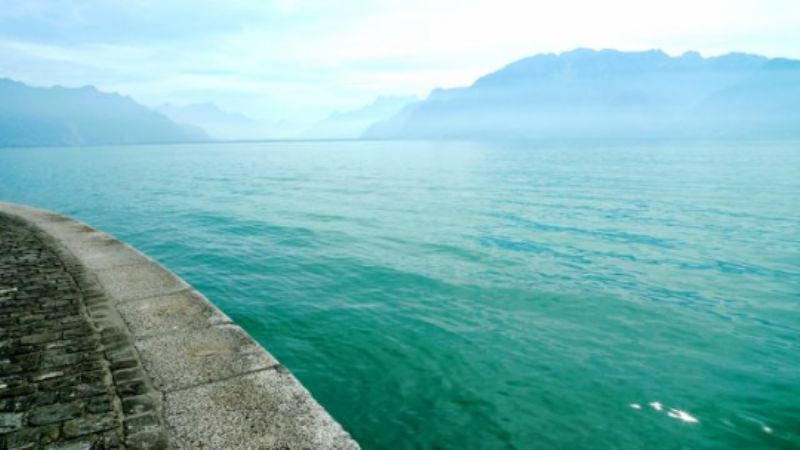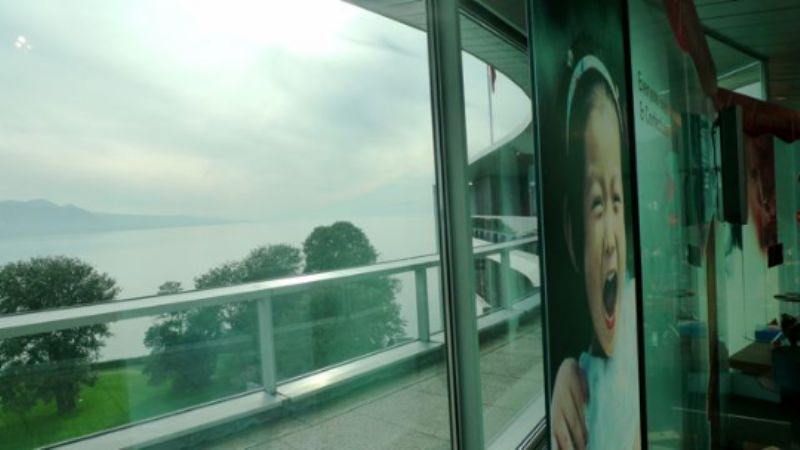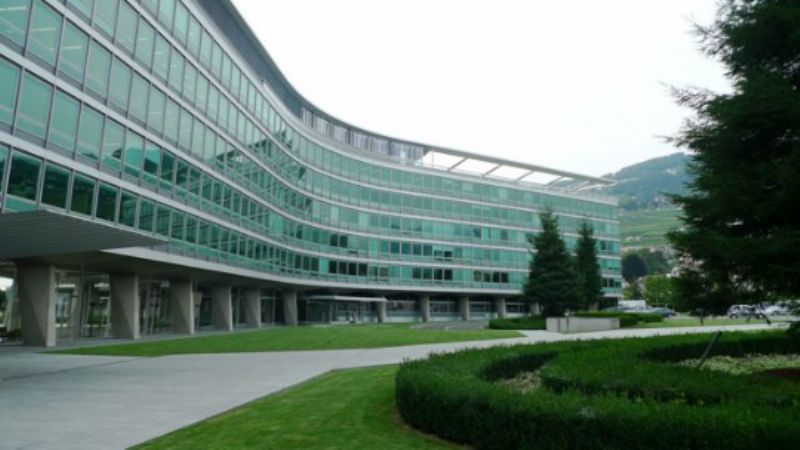I got to cycle quite a lot this week, though the day of the Tube strike was a little straining, with everyone and their pony out on the streets – or at least I did pass one female cyclist in Hyde Park who was wearing a horse riding helmet. The borisbikes are now everywhere – and I can’t help seeing them as a stroke of urban genius, though I suspect the bus drivers are finding it all a bit of a strain.
Made the mistake of crowing to Elaine that I would be able to ride into the office every day of the week, with Thursday slated for a filming session with me arriving on my bike, but then as I headed home on Friday my inner tube suffered a catastrophic puncture in Great Marlborough Street. I tried riding on the rim for a bit, but London roads are now so eaten up that I felt I would destroy the machine – so hailed a taxi, driven by a white-haired Irishman, who kindly drove me home.
Then, yesterday, as a result, I got to go to one of my favourite places, a nearby bike shop in Putney, Holdsworth’s, which has an interesting history. Back tyre is now triple-armoured with Kevlar, or so I’m told.
As I said to Sam (Lakha) in a text later in the day, one thing I like about such places is the sense of a “sincere belief in something, in this case the descendants of the velocipede. There’s a humbling purity about it. And it must have been the same watching your horse being re-shoed at the farrier’s. Different smell – horse, hay, leather, tobacco, urine, burning chitin – but the same complex, slightly dangerous pungency as when hanging around the blacksmith’s on the edge of town. For us as children in Ireland, it was the next-door farm, and in Nicosia it was the local brickworks.”
Sam and I agree we like workshops. As for my own workshop, I have been working this week on the building blocks for around 10 slide presentations, for conferences in Australia and Brazil, something that has taken an unconscionable time – but will no doubt stand me in good stead for later events once finished.
When Jim Salzman arrived from the States early this morning, he took a look at me and said I looked tired. True, I do. But am also suffering from an attack of eczema on my cheeks, which aggravates the effect – and often denotes too long spent hunched over a steaming laptop. But enjoyed a lovely sunset last night, as the world pondered the meaning of the 9/11 attacks and their aftermath. (See previous posting.)
Wildest moment of the week, though, was probably the moment when four of us were sitting in the office in Bloomsbury Place – and suddenly my age-old nightmare of a plane flying through the roof, or at least into the garden, seemed imminent as an aero engine seemed to go into screaming overdrive. Looked out the window – and saw the Battle of Britain Memorial Flight fly past, or at least the Lancaster and Spitfire. They had come in very low, apparently to mark the first day of the Blitz 70 years ago. Concentrated the mind wonderfully.


